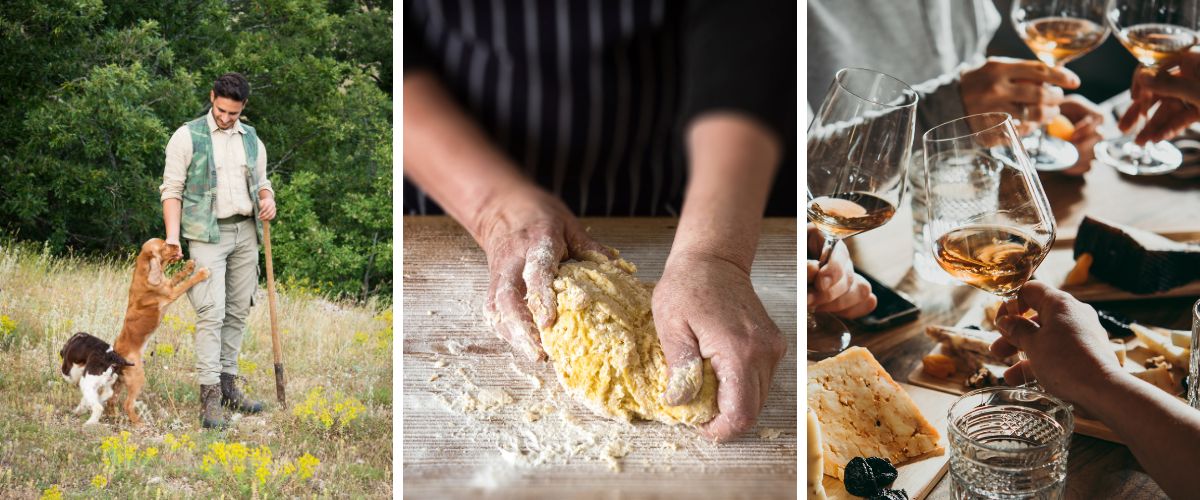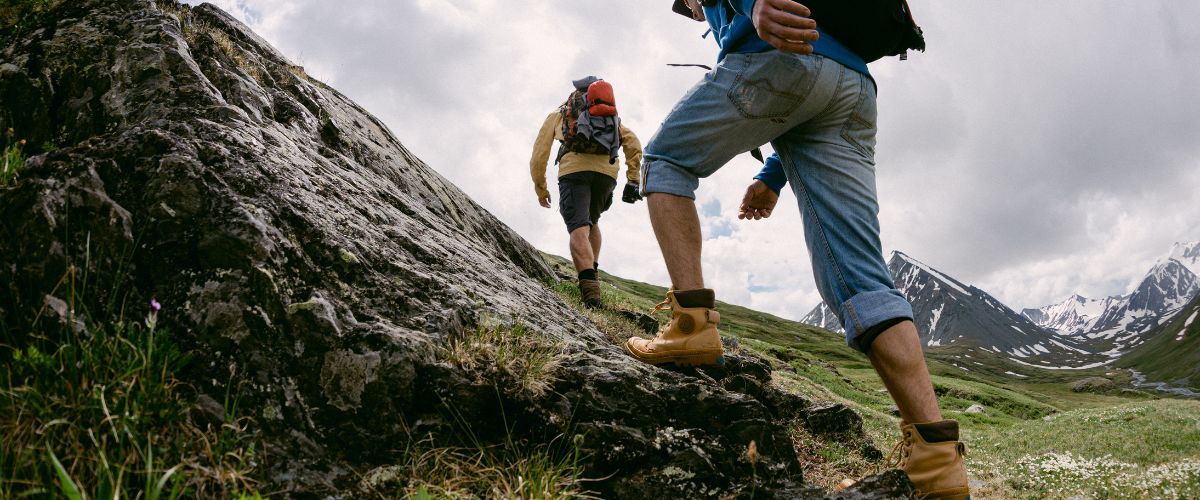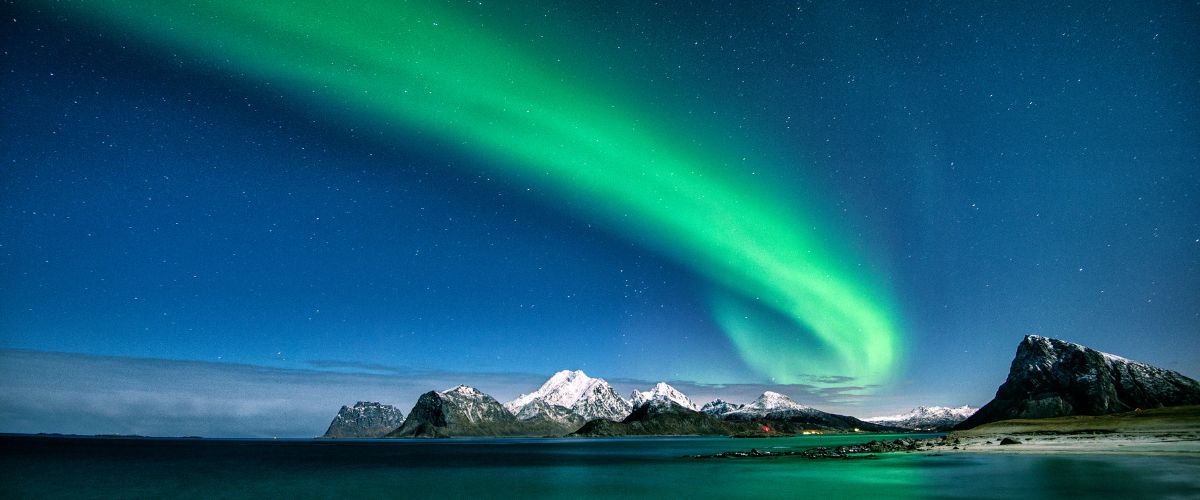Ray Baker, our Director, has been trekking across the globe for 40 years. Recently, he has lead treks to Kokoda, Everest Base Camp and Kilimanjaro, and is here to share his insight into what clothing and equipment you need to be training in to prepare for your upcoming trek.
Please note – these are his personal preferences, and are intended as a guide only.
Boots:
I prefer a full leather boot as opposed to a lighter weight boot. I like the support and protection a solid leather boot gives me. They tend to be heavier than suede or synthetic boots, but you will quickly get used to the weight and strengthen accordingly. Your boots should have a thick tread and have ankle support.
I like that leather can be waterproofed, preserved and conditioned using a beeswax compound that soaks into the grain of the leather.
Give yourself plenty of time to gradually wear your boots in before you trust them on your chosen trek. Wear them in while you’re training, but avoid overuse on hard surfaces like footpaths and roads or you’ll wear down the tread on the soles. Training on bush tracks is preferable anyway.
TIP: On my first couple of walks using new boots, I bring along a pair of runners that I can change into in case I feel a blister developing. Blisters are a common hassle so make sure your trekking boots are fitted by an expert.
Pack:
After my boots, this is my most important item of equipment. I like a pack to be comfortable and to serve a function. A comfortable, functional pack should have four basic features:
- A wide hip belt to allow the load to be carried by the strongest part of the body – the hips;
- A long narrow shape that that keeps the load close to the wearers back;
- Side compression straps that allow you to reduce the capacity of the pack and to prevent the items inside the pack from compressing at the bottom of the pack; and,
- One or more external compartments that allow you to access frequently used items without the need to go into the main compartment.
Trekking poles:
I prefer two poles; some are happy with a single pole. Your choice. Poles lessen the impact on leg muscles and joints and provide balance and stability.
Practice your technique and get into a rhythm. Your circulation will improve and your heart rate will reduce. This leads to more relaxed, regular breathing and increases your endurance.
Clothing:
Socks: For the past 30 years I’ve used Holeproof ‘Explorer’ socks – they provide cushioning and absorb sweat as well. Being a wool/nylon blend, they dry faster than a pure wool sock.
Overboots: Also called sock savers, these handy items are like gaiters without any under-boot cord or strap. They prevent mud and burrs sticking to socks and boot laces.
Shirt: Avoid cotton and stick to quick-dry synthetic material.
Shorts: Same as your shirt – avoid cotton and stick to quick-dry synthetic material.
Cap: I use a baseball type, but a brimmed hat will give more sun protection.
Buff: This is a lightweight synthetic cloth tube that, used as a headband, prevents forehead sweat dripping into the eyes.
Water and Sustenance:
Water bladder: I use a two-litre water bladder with a protective sleeve. Having a source of water readily accessible via a tube and mouthpiece enables you to drink without stopping or the need to take your pack off to retrieve a water bottle.
Water bottle/s: Some of my training walks exceed 2 hours so I’ll need to consume more than is contained in my water bladder. I carry a couple of 1 litre, leakproof bottles.
Energy snack: I like to eat something once every hour to boost energy. Dried fruit, nuts and energy bars are my favourites.
Health and Safety:
Sunscreen: No-brainer.
Basic first aid kit: Your kit should container wound treatment and covering, a basic painkiller and blister prevention and treatment. Keep it simple, lightweight and compact.
TREK TRAINING CHECKLIST
- Boots
- Socks
- Overboots
- Shirt
- Shorts
- Cap
- Buff
- Pack
- Water bladder
- Water bottle/s
- Snacks
- Trekking pole/s
- Sunscreen
- First aid kit









